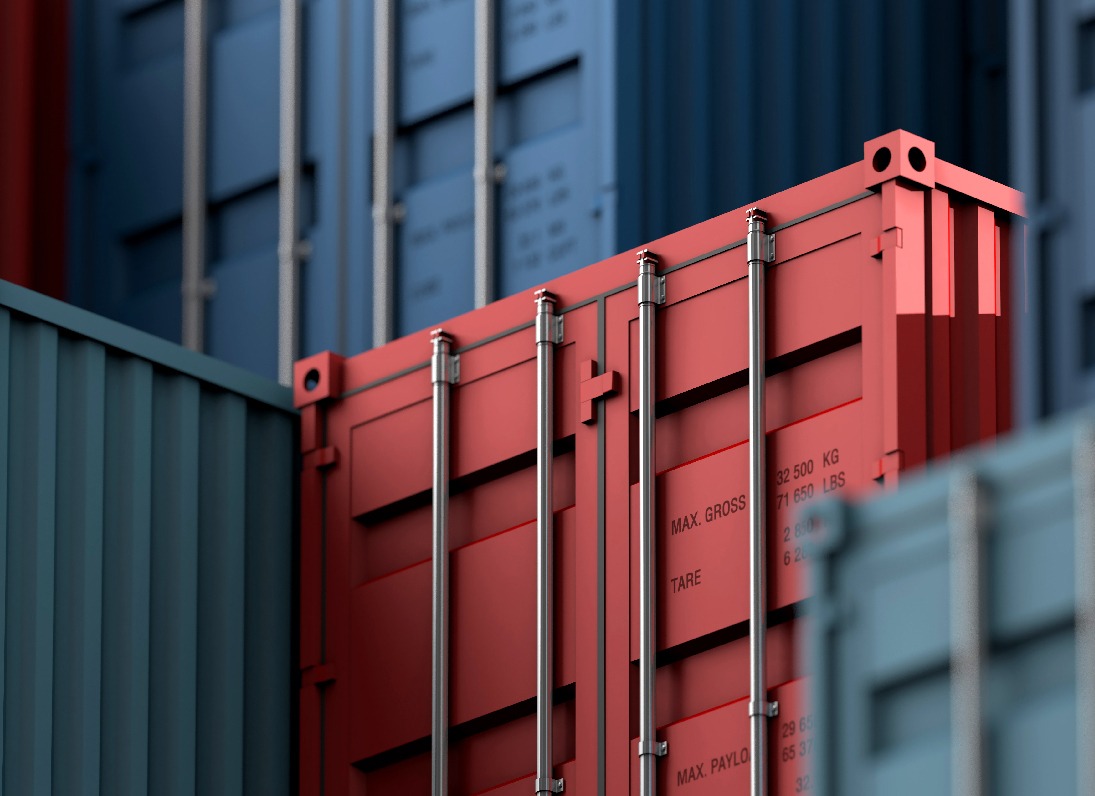Beyond OTIF product requirements: stricter mandates call for improvement in data quality & transparency to help suppliers and retailers improve supply chain excellence
Collaboration between retailers and their product manufacturers to increase supply chain visibility and transparency and mitigate risk to protect brand loyalty is not a new concept. Consider that during the ‘90s, many retailers offshored production to 10s of 1000s of global product manufacturers who subcontracted production out to even smaller manufacturers. With that came increased public scrutiny of company risk mitigation plans and corporate social responsibility (CSR) documentation, as well as more common practices by retailers for On-Time In-Full (OTIF) policies when working with third-party trading partners and product manufactures.
Fast forward to 2001 entering the 21st century, and the number of retailer-to-manufacturer connections has exponentially grown into the 100,000s and more, with individual product orders growing based on product categorization and consumer demand. Consider that in 2018, 17 million tons of textiles were generated, according to industry data from the U.S. Environmental Protection Agency (EPA). More importantly, the number of municipal solid waste (MSW) textiles that filled landfills in 2018 came in at a whopping 11.3 million tons. Such numbers speak volumes in relation to growth of fast fashion driven by changing patterns in consumer demand for more product availability.
Today, digitalization megatrends combined with COVID-19 pandemic impacts accelerate the boom in e-commerce, driving greater demand for consumer goods. Equally important, such developments also shine a brighter spotlight on the need for comprehensive, more standardized master product information that consumers rely on to make more educated purchasing decisions.
From marketing why-buys to detailed product descriptions to product reviews, 360-degree spin image capabilities and product videos, nutrient information, and much more—retailers and product manufacturers have a shared responsibility today to provide complete, commerce product information to increase supply chain efficiency and visibility, and meet consumer omnichannel expectations.
Retailers update supplier processes for 2021
In addition to standard OTIF policies, many retailers are tightening operations within their supplier management programs to increase collaboration even further with product manufacturers, reducing supply chain bottlenecks relate to standardized product information. As part of its Supplier Quality Excellence Program (SQEP), Walmart updated its existing OTIF policies in September 2020, requiring its suppliers’ OTIF shipments to be 98% complete effective (up from the original 70% OTIF completion rate) or face fines of 3% of the cost of goods1. With regards to product data accuracy as part of the multi-phase program, the retailer is also requiring suppliers to provide product item file updates in parallel to any pack size changes, or face additional fines for non-compliance2. Other retailers such as Target—focused on ensuring they receive quality product information—and Canadian-based grocer Loblaw also took stricter measurements in recent years to hold supplier trading partners more accountable for product delays that miss ship-to-shelf deadlines3. The actions fall in parallel to these retailer’s efforts to align with e-commerce strategy and additional e-commerce operational investment costs to meet consumer demand in the coming years.
Is your product data helping your business grow or costing you a reduced margin?
To drive overall efficiency in meeting the demand, it is imperative that trading partners are participating and doing their part to keep and maintain supply chain standards.
Accurate, comprehensive product content that sells suppliers’ products both online and in store creates an unparalleled customer experience and helps guarantee brand loyalty. It helps product manufacturers eliminate quality issues before they start and avoid any additional charge such as retailer fines caused due to data quality issues. End-to-end capabilities that help product manufacturers source, manage and exchange product content provide such benefits as:
- Lower OPEX costs used to manage complex and ever-changing requirements by leveraging
- Accelerated and increased ease of product content validation and distribution in the format that retailer trading partners require
- One single source of truth to support your product content journey, at any phase of the process
Regardless of which retailer trading partner today’s product manufacturers work with, as global commerce expansion continues, it is critical to stay equipped with the best quality information to represent your product as per your brand strategy guidelines.
Ready to take a proactive step in your product content journey to meet customer omnichannel experience expectations? Contact our team of experts and get started today.
References
- Forbes, “Is Walmart’s On-Time In Full Program Fair?,” Oct. 15, 2020:
https://www.forbes.com/sites/stevebanker/2020/10/15/is-walmarts-on-time-in-full-program-fair/?sh=728be8192645 - Talk Business & Politics, “Walmart to roll out a new supplier excellence program in early 2021,” Sept 4, 2020: https://talkbusiness.net/2020/09/walmart-to-roll-out-a-new-supplier-excellence-program-in-early-2021/
- Yahoo Finance, “Pandemic-related spending patterns help Loblaw beat Q3 profit expectations,” Nov. 12, 2020: https://ca.finance.yahoo.com/news/loblaw-companies-raises-quarterly-dividend-121512825.html?guccounter=1&guce_referrer=aHR0cHM6Ly93d3cuZ29vZ2xlLmNvbS8&guce_referrer_sig=AQAAAND7FOskXEXghzJaW6ZNjvCFN_O1Rwq2Cc5QBp88QRT6L-V2xNkFvo8rCm0Hd3MR152CMcQihf_ywq4IJU4iluj2mbYW4yiyMFjCllhNQqWSRz2a1L3OVzSDJytmqTe6VwWuHrNnND-4HpNX_o8DzjVkzY9OrxBJqj8_w5175wJa
Resources
U.S. Environmental Protection Agency, “Facts and Figures about Materials, Waste and Recycling,”
https://www.epa.gov/facts-and-figures-about-materials-waste-and-recycling/textiles-material-specific-data


